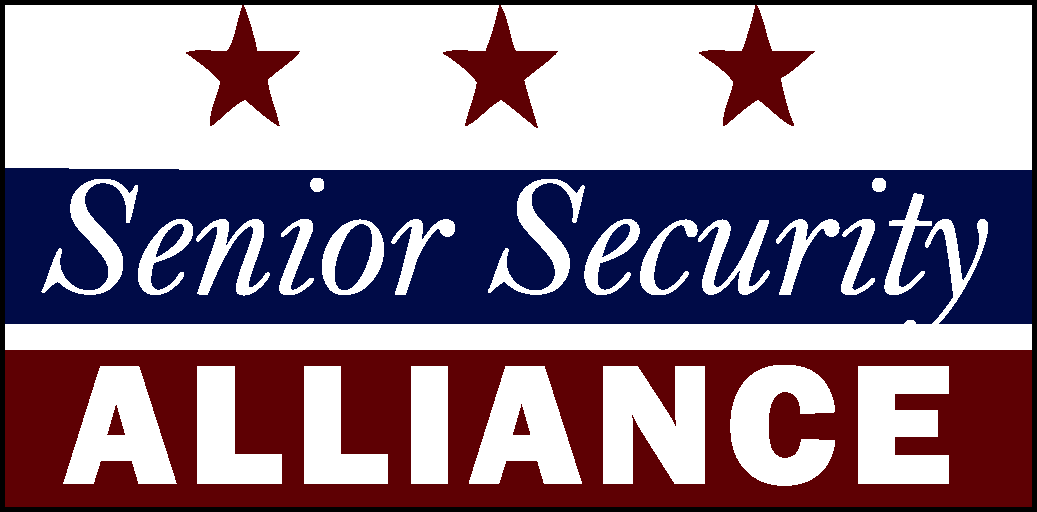You may have heard that Social Security’s negative cash flow will result in the program running out of funding by the year 2035, but do you know why?
According to CNBC, Social Security is financed through a payroll tax. These funds have previously been invested in interest-bearing Treasury securities. These investments are considered to be extremely secure and earned interest at an average rate of 2.5% a year.
However, the trouble is that for the past decade Social Security has had negative cash flow. The money collected through taxes is not enough to cover the amount paid to beneficiaries.

Of course, all of this does not mean that Social Security benefits will stop. Nor does it mean that Social Security will run out of money completely. Rather, the Social Security benefits provided will no longer be paid in full to beneficiaries.
This is problematic, especially since 57% of current retirees say that Social Security benefits are a major source of their income, according to CNBC.
Luckily, various plans have been proposed to help interrupt the negative cash flow. But it is important to note, nothing has been chosen to help secure the future of Social Security.
Our legislation, The Senior Citizens Bill of Rights, will strengthen Social Security and improve the financial security of millions of retired Americans. It’s the solution seniors deserve.
Be sure to follow The Senior Security Alliance to remain up to date on Social Security information. Then, check out the Senior Citizens Bill of Rights to see what we are doing to help seniors achieve a more financially secure future.



